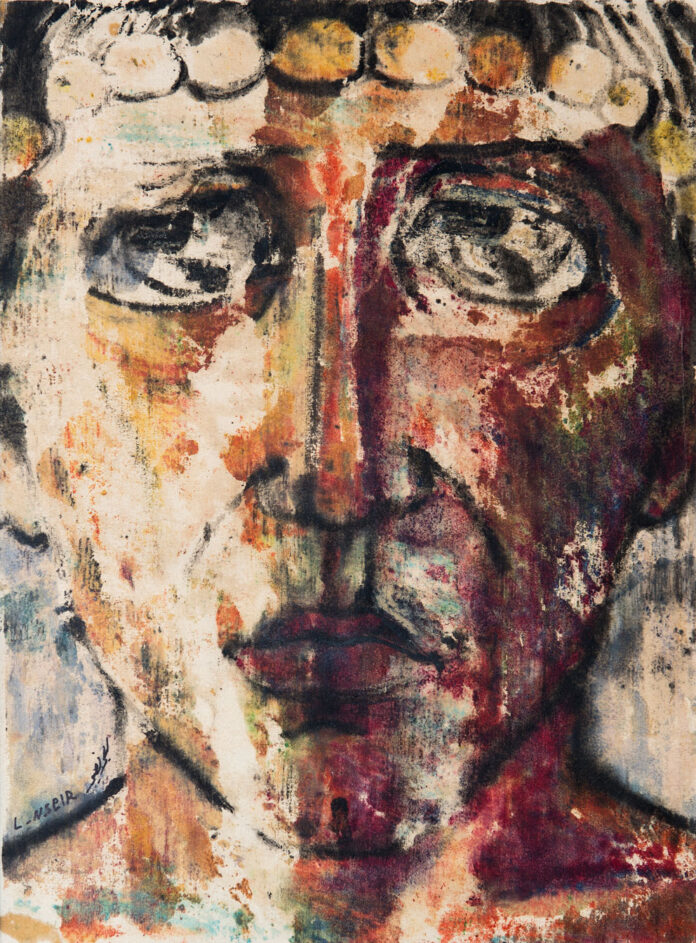DUBAI: “I was the first woman in Syria who wore trousers and sat in the Rawda caf? in Damascus, and my pants were tight and clinging to me… I wanted to open the doors for others [to do the same].” According to the Atassi Foundation, these were the words of Syrian painter and feminist Leila Nseir, who was born in Latakia, northern Syria, in 1941. Unlike several of her Arab contemporaries, she never permanently left Syria. Currently in her early eighties, Nseir still lives in her birthplace.
Nseir started drawing aged 14. Art was not really seen as a ‘suitable’ career for a woman in what was a relatively conservative society. Through a government scholarship, though, Nseir earned a place at the Faculty of Fine Arts in Cairo, from which she graduated in 1963. At the time, it was rare to send for a young Syrian woman to travel abroad for educational purposes.
“Leila is the first female artist in Syria who really took her art seriously — to take it as a career,” Atassi Foundation director and Syrian art expert Shireen Atassi told Arab News. “The others were getting married and having children. Some were ‘the artist’s sister’ or ‘the artist’s wife’ but they weren’t focused on their own careers per se. But Leila was really focused on her career.”
Leila Nseir, ‘Untitled-2.’ (Supplied)
Her family reportedly didn’t approve of her artistic path in life. Nseir never married or started a family of her own, yet, ironically, motherhood and pregnancy are common themes in her body of figurative work. At exhibition openings, she rubbed shoulders with fellow pioneers such as Louay Kayali and Mahmoud Hammad — and she was an important and active figure in her country’s burgeoning art scene, but life in Damascus was difficult for Nseir, and she eventually moved back to Latakia to live more freely.
She was an artist of her time, painting politically charged compositions of martyrdom, drawn from real-life violent events occurring in Palestine. A 1970s modernistic image on this theme, where the martyr is likely a female, is currently housed in the Barjeel Art Foundation in the UAE.
Her works have not been widely acquired by museums, but have found homes in private collections. Occasionally, her paintings make an appearance at auctions in Europe and the Middle East.
The Atassi Foundation — which specializes in Syrian art — is the custodian of a couple of Nseir’s smaller images. Executed with thick contours, they portray close-ups of ragged faces with wide, baggy eyes. “She deconstructed the human face,” says Atassi.

